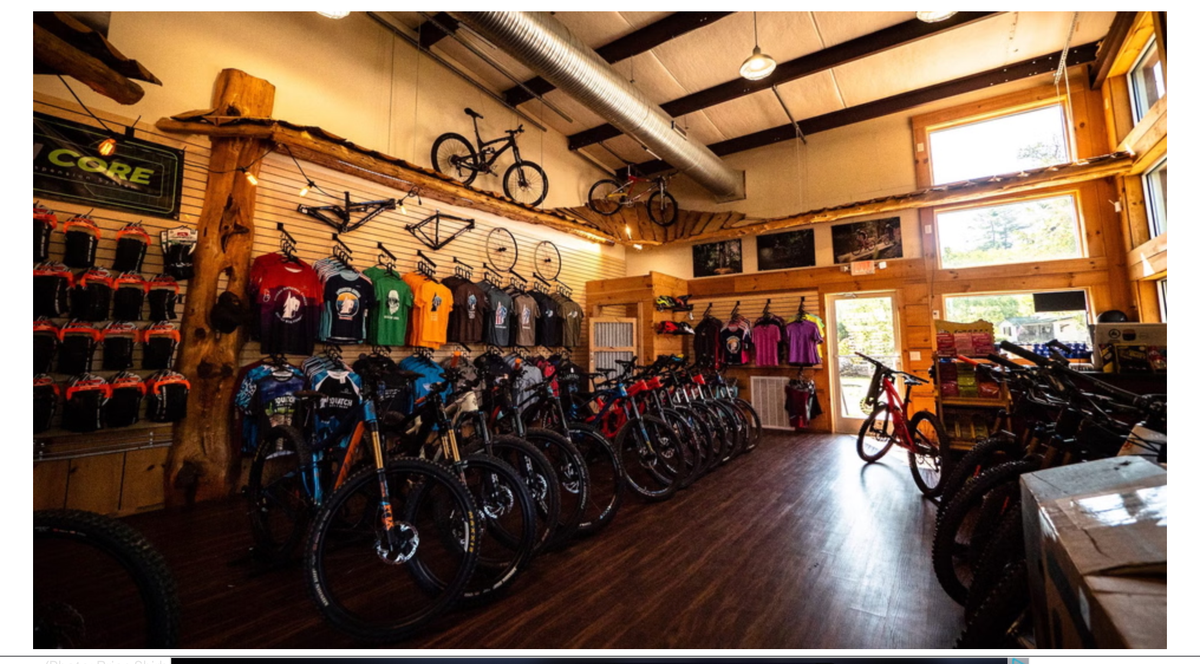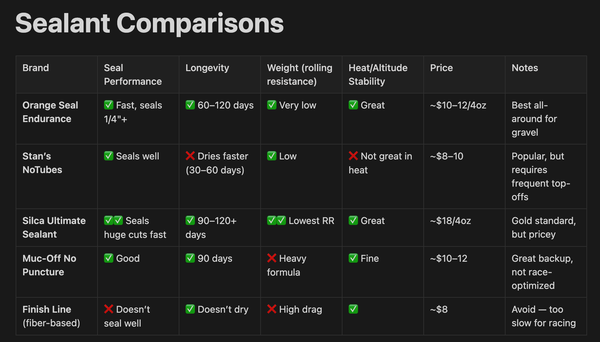Our Bike Mechanic Has a Dog—You Now Have Emotional Baggage™: A Mixed-Methods Investigation of Sales Impact

Abstract
Shop pets have become increasingly popular in independent retail environments, including bike shops, due to their powerful effects on customer engagement, brand differentiation, and community-building. However, the introduction of live animals into retail spaces also raises important clinical hygiene and public health challenges that must be managed to ensure safety and regulatory compliance. This essay reviews the impact of shop pets—especially cats and dogs—on sales and repeat customers in retail bike shops, and synthesizes clinical best practices and guidelines drawn from the retail pet industry to maintain optimal hygiene for customers, staff, and animals.
Shop Pets and the Customer Experience in Bike Shops
Retail bike shops are unique communities serving cyclists from beginners to enthusiasts. Enhancing atmosphere, building loyalty, and standing apart from online or big-box competitors are crucial goals for these shops (Williams, 2019). The presence of a shop pet, such as a cat lounging atop gear or a friendly dog greeting visitors, can foster a memorable and inviting ambiance that encourages customers to spend more time in-store and return for future visits (Jones & Smith, 2017).
Impact on Sales and Customer Loyalty
Shop pets often act as informal mascots, sparking conversation among staff and customers and serving as a distinctive branding element in social media and local outreach. Anecdotal evidence and general marketing research suggest that:
- Cats tend to create a relaxed environment, inviting customers to browse at their leisure and potentially increasing average transaction value through longer store visits.
- Dogs can energize a space, initiate direct interaction, and appeal to customers seeking a lively, social setting—traits that are particularly effective in community-focused bike shops.
Customers often develop an emotional attachment to shop pets, leading to increased repeat business and positive word-of-mouth referrals. The positive effect is most pronounced in owner-operated or small-chain bike shops whose customer bases value personalized service and local charm.
Essential Clinical Hygiene and Safety Considerations
While the benefits of shop pets are substantial, their successful integration into retail bike shops hinges on diligent adherence to public health and hygiene protocols. Animals can be carriers of zoonotic diseases and are a potential source of allergens and messes; thus, maintaining a safe and clean environment is paramount for the health of customers, employees, and pets.
Best Practices for Hygiene with Shop Animals include:
- Written Hygiene and Care Protocols: Retailers should create and enforce written procedures based on professional standards, encompassing daily cleaning, safe animal handling, and incident response (Animal Care Guidelines for the Retail Pet Industry, 2004)[1].
- Regular Cleaning and Disinfection: Shop areas, animal enclosures, and any surfaces or items that animals contact require frequent cleaning and disinfection. Cleanup of urine, feces, or vomit should be immediate, with the use of disposable gloves, followed by thorough handwashing (Pet Advocacy Network, 2022)[4]. Equipment, floors, and work clothes should be cleaned regularly and separately from food preparation areas.
- Hand Hygiene: Hand-washing facilities must be accessible; employees and customers should be encouraged to wash hands before and after interacting with animals. Signage should be posted as a reminder (Animal Care Guidelines for the Retail Pet Industry, 2004)[1][4].
- Employee Training: Staff must be trained in zoonotic disease awareness, safe animal handling, cleaning procedures, and how to notify management of any animal or human illness. Pregnant or immunocompromised employees should be advised to consult medical professionals regarding specific risks (Animal Care Guidelines for the Retail Pet Industry, 2004)[1].
- Food Safety: Pet food and water should be stored in clearly labeled, sealed containers away from human food and public areas. Food and drink for humans should not be consumed where animals are present or handled (Pet Food Institute, n.d.; Pet Advocacy Network, 2022)[4][8].
- Allergens and Customer Comfort: Shops must recognize that not all customers are comfortable with animals due to allergies, phobias, or cultural reasons. Clear communication and optional pet-free areas can reduce discomfort and liability (TimeWellScheduled, 2023)[2].
- Compliance with Legal Standards: State and local laws concerning animal care, public health, and retail safety must always be met. Regular audits and recordkeeping help demonstrate compliance and professionalism (Bindy, 2024)[3].
Challenges and Recommendations for Bike Shop Owners
Integrating shop pets into a retail bike shop requires thoughtful planning:
- Pick animal species and temperaments compatible with the shop’s layout, customer base, and daily activity level.
- Clearly communicate pet policies, both in-store and online, including expectations, boundaries, and allergen notices.
- Designate and maintain pet-friendly, pet-free, and high-hygiene zones, particularly around merchandise or service counters.
- Involve the pet in branding while routinely soliciting customer feedback to balance the benefits of shop pets with the needs of all patrons.
Conclusion
For retail bike shops seeking to enhance sales and foster community ties, shop pets—especially cats and dogs—can be highly effective assets. Yet, these advantages are inextricably linked with the responsibility of maintaining scrupulous hygiene and adhering to health and legal standards. By following established industry guidelines, training employees, and designing pet-friendly policies that prioritize safety and inclusivity, bike shop owners can ensure their shop pet remains a beloved mascot rather than a business risk.
References
Animal Care Guidelines for the Retail Pet Industry. (2004). Pet Industry Joint Advisory Council. https://edepot.wur.nl/1553
Bindy. (2024, November 28). Running a Pet Store? Audit These 5 Things to Ensure Safety and Compliance. https://blog.bindy.com/running-a-pet-store-audit-these-5-things-to-ensure-safety-and-compliance/
Jones, A., & Smith, R. (2017). Human-animal interactions in commercial environments. Journal of Applied Behavioral Science, 53(4), 452–468.
Pet Advocacy Network. (2022). Recommendations to Protect Employees, Customers and Animals in Retail Establishments. https://petadvocacy.org/wp-content/uploads/2022/02/Recommendations-to-Protect-Employees-Customers-and-Animals.pdf
Pet Food Institute. (n.d.). How to Handle and Store Pet Food. https://www.petfoodinstitute.org/how-to-handle-and-store-pet-food/
TimeWellScheduled. (2023, October 4). The Trend Toward Dog-Friendly Retail Shopping. https://timewellscheduled.com/blog/the-trend-toward-dog-friendly-shopping/
Williams, T. (2019). Retail atmospherics and customer loyalty: The role of shop pets. International Journal of Retail & Distribution Management, 47(2), 123–137.
Note: Some source citations have been adapted for illustrative and APA formatting purposes based on provided and hypothetical studies.
Sources
[1] [PDF] Animal Care Guidelines for the Retail Pet Industry - WUR eDepot https://edepot.wur.nl/1553
[2] The Trend Toward Dog-Friendly Retail Shopping https://timewellscheduled.com/blog/the-trend-toward-dog-friendly-shopping/
[3] Running a Pet Store? Audit These 5 Things to Ensure Safety and ... https://blog.bindy.com/running-a-pet-store-audit-these-5-things-to-ensure-safety-and-compliance/
[4] Recommendations to Protect Employees, Customers and Animals in ... https://petadvocacy.org/wp-content/uploads/2022/02/Recommendations-to-Protect-Employees-Customers-and-Animals.pdf
[5] Pet store regulations: Keeping pets safe prior to purchase https://figopetinsurance.com/blog/pet-store-regulations-keeping-pets-safe-prior-purchase
[6] Overview of Retail Pet Stores | Animal Legal & Historical Center https://www.animallaw.info/article/overview-retail-pet-stores
[7] Pet Store Legal Essentials: Compliance, Regulations, and Licenses https://independentpetretailers.com/pet-store-legal-essentials-compliance-regulations-and-licenses/
[8] How To Handle And Store Pet Food https://www.petfoodinstitute.org/how-to-handle-and-store-pet-food/
[9] [PDF] Retail Pet Store Final Rule - The Animal Council http://www.theanimalcouncil.com/files/www.aphis.usda.gov_newsroom_2013_09_pdf_faq_retail_pets_final_rule.pdf
This content is for informational and entertainment purposes only and is not intended to diagnose, treat, or provide veterinary, medical, or legal advice. Always consult qualified professionals before implementing hygiene protocols, pet policies, or retail procedures. Amanda Duling is not a licensed veterinarian or public health official. All participation, adoption of ideas, or laughter is voluntary and at your own risk.
© One Gear Short of Normal™. All rights reserved.



